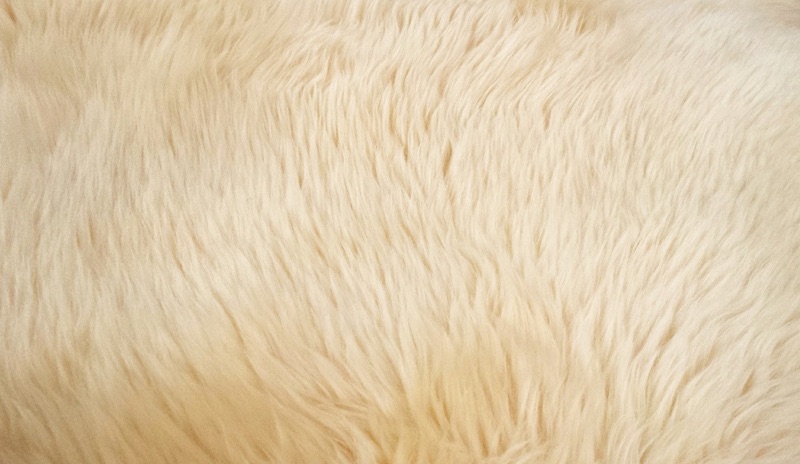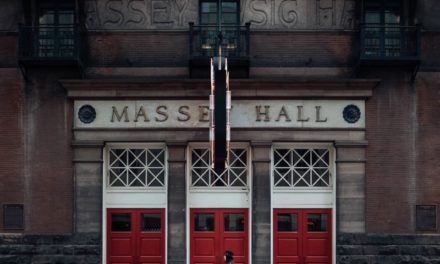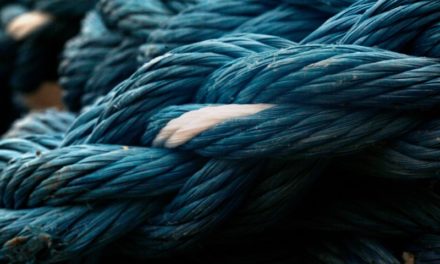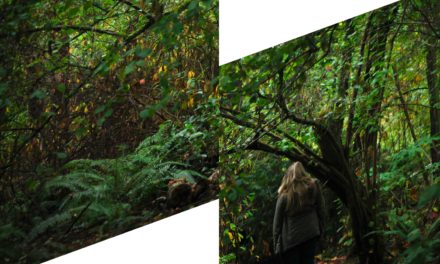Today we are going to look at a part of the “skin” of the tabernacle. Like our skin it is also made up of several layers. Each has a specific function. We will be focusing on the two inner layers: one made from goat hair and the other from fine twined linen (sourced from the flax plant).
As in the last study we shall continue in Exodus 26.
What quickly becomes obvious as we read the first part of the chapter is that both layers are considered together.
- Both are called curtains. The outer two are referred to as coverings (for protection from the weather).
- Both are made up of separate panels (also called curtains) sewn together
- Both have identical widths of panels (4 cubits)
- Both are divided into two sections
- Both are connected by taches
- Both use loops for the taches to connect to
- Both cover the Holy and Most Holy Places
Yet both curtains are unique.
- The material is different
- The length of panels is different
- The loops are made of different material
- The taches are fashioned from different metals
- The taches in one join 6 + 5 panels, and in the other join 5 + 5 panels
- Where they are made visible is different
- Only one has cherubim images and royal colors integrated into it
So what is going on? Sometimes a teacher gives the answer so the students can make sense of the supporting material. Other times the teacher reverses this order and lets the students “discover” the answer. Whichever way, the supporting material and the answers are the same. In this part of the study, to save time, we will use the first approach.
Both curtains speak of the dual nature of the Messiah. The goat hair answers to His human nature, and the linen to His divine nature.
Look at what we are told about the goat hair curtain:
- The first two layers are called mikseh interpreted as coverings (in the sense of providing protection from the elements). They were made of animal skins. The third layer, the one of goat hair skillfully crafted by Spirit-filled women (Exodus 35:26) and composed of 11 panels or curtains, is called ohel, and defined as THE covering for the tabernacle, the one that is to be clearly conspicuous from a distance. In other words, the lower goat layer is to define the Messiah’s OUTWARD appearance—just like the lower layers of skin that contain the pigments and vascular system define our outward appearance. When people first see Jesus they will quickly identify Him by this “human” layer (John 1:45, Isa 53:2) .
- “Goat” (Strong’s Concordance #H5795) comes from a Hebrew word meaning “to be stout, strong, hardened.” It represents a strong and/or strongminded individual. There is no implication of good or bad like there is for lambs or vipers. With goats it can go either way. The original Passover “lamb”—representing the human aspect of God’s Son— could be a yearling from the sheep or goats (Ex 12:5). Later, in the sanctuary service, goats could at times substitute for lambs in the sacrifice for atonement (Lev. 1:10). Yet Jesus used goats to represent those whom He will send away into everlasting shame (Matt. 25:33,41) When taken in a positive light the goat could represent those stout individuals “hardened” in their ways, unchanging, determined to honor and glorify God no matter what. And that certainly was what characterized Christ from His earliest years.
-
This is the one with 6 panels. Its first panel hangs totally outside the tabernacle, visible only from the courtyard.
-
The taches used to join its two sections are made of brass, just like all those things in the courtyard that represent the Messiah’s activity on this earth as a man
- In this layer there is nothing outwardly to indicate anything unusual other than a common creature (goat), born to serve mankind. And that, too, identified the Son of Man. He came to serve, not to be served (Mark 10:45). When people first met Him they met a man, perhaps a good man, but still only a man (John 1:45). However, they would soon learn of His mindset, that He was strong-willed, and “hardened.” This, of course, greatly agitated the spiritual leaders of His day and confounded even many of His folllowers at first.
The innermost layer could hardly be more different.
It was composed totally of the materials of leaders and kings: fine twined linen (perfect righteousness – Rev. 19:8), as well as the colors blue (obedience to God’s Word – Num. 15:38-39), purple (color of royalty – Mark 15:17-18), and scarlet – blood red for a living sacrifice (Heb. 9:19). Note Rev. 18:16 (even the harlot, representing Satan’s greatest efforts to gain the worship he craves, had all of these except one—blue, obedience to God’s will. Pretty close, but a miss is still a miss.) In this curtain all are present. Praise God!
It associated the service of cherubim (angels) with Him.
The length of its panels (28 cubits) was a multiple of 7, a divine number.
It was seen only from inside the temple (heaven?)
It’s taches were gold, used lavishly in the tabernacle to portray heavenly things
It’s loops were blue
But how do we know the two curtains were to work as one? The taches, the taches. Exodus 26:33 says that the taches are used to determine where the holy vail was to be positioned—the vail that separates the Holy from the Most Holy Place. Since it is defining no particular type of tache we must conclude it would involve both gold and brass. And the way God designed these metal clasps to be positioned in both sets of curtains it lined them all up together without one touching the other.
We also observe in our reading of this chapter that God stated that 50 taches were to be used in both sets of curtains—50 gold and 50 brass, even though they were not the same dimensions. Why 50? Look at how the number is used in the Bible:
First used– width of Noah’s ark (Gen 6:15) redemption
breadth of courtyard (Exo. 27:12) redemption
enough righteous souls to save Sodom (Gen 18:26) redemption
the year of Jubilee, when liberty to all is given (Lev 25:10) redemption
retirement age from service in sanctuary(Num 8:25) redemption?
redemption price for laying with a virgin (Deut 22:29 redemption
purchase price for property used to build an altar to stay a plague (2Sa 24:24) redemption
Number of prophets Obadiah hid per cave from Jezebel’s wrath (1Ki 18:4) redemption
OK, now here’s the most beautiful part.
If 50 is associated strongly with redemption, why would God use the same number in both curtains, even though the goat hair one was 2 cubits wider? I can only share with you what I would think (as a man).
If one hundred taches were to somehow represent some part of redemption, and the two curtains were to be involved, and God used a different number of taches in one curtain than the other (no matter the reason) I would naturally conclude that the one with the greatest number would be more important. But our heavenly Father did not even allow for such thoughts. He included the same number for both.
If, indeed, the goat hair speaks of Christ’s human nature and the fine linen speaks of His divine nature—and we know BOTH were essential for redemption to happen—and He uses the same number of connectors in both curtains, then I can only conclude that in God’s mind both are equally important. If Christ had even the tiniest advantage of divine help unavailable to us He could not be our example in all things. He would be a “superhuman”, putting Him in the same class as the comic book superheros.
The lessons in the tabernacle continue. I am still studying the question why God would want the inner vail to be hung directly under the taches. Do they have anything to contribute to the timeline of when Christ would enter the vail and begin His ministry in the Most Holy Place? We shall see in the final study. Click on its title to read it: COMING TO GRIPS.






